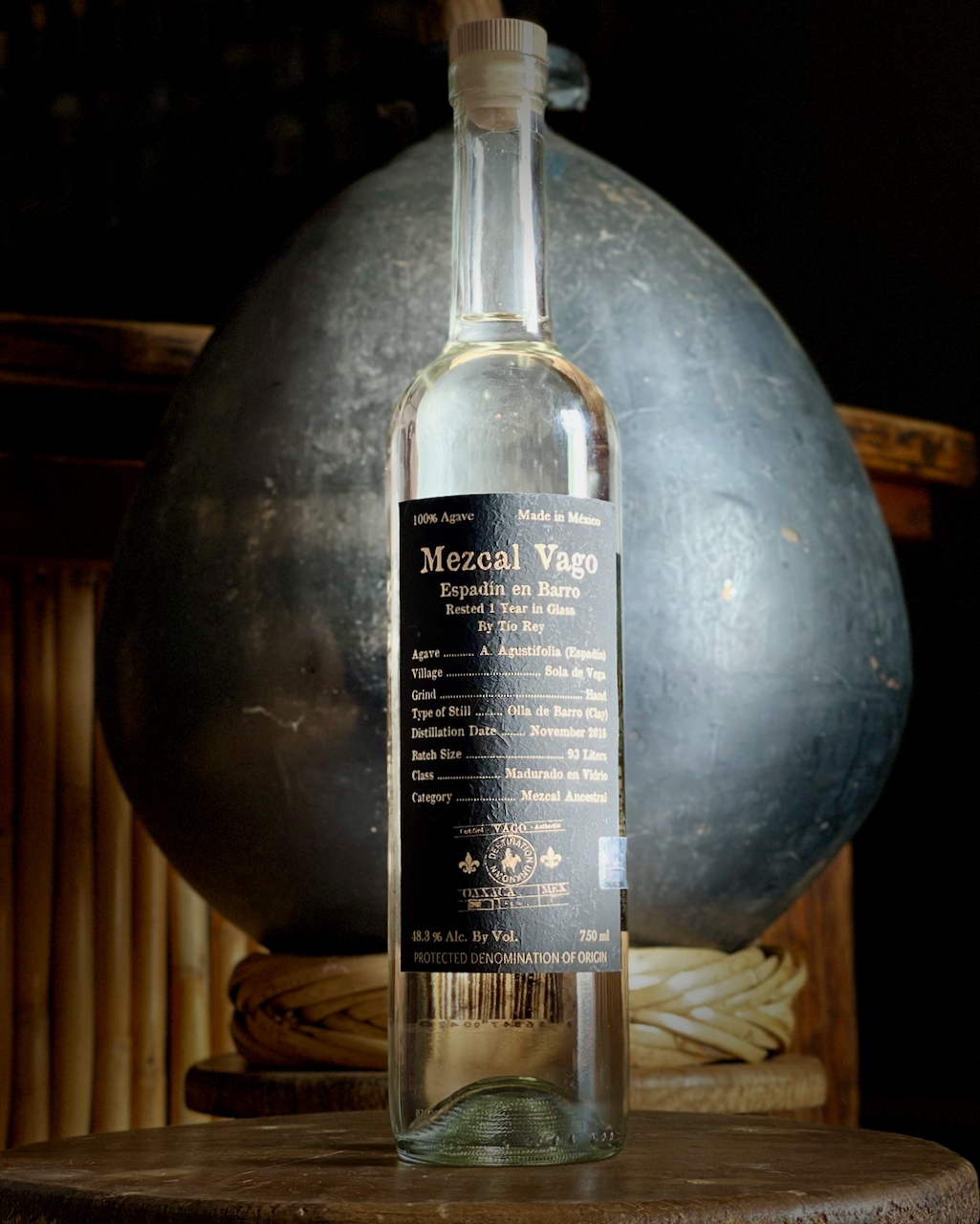First Distillation
First distillation of a ~45 liter load of tepache takes about 3 - 4 hours and will produce about 8.5 liters of xixe that will have an ABV in the mid-20′s. The next 1.5 hours will produce ~1.5 liters of xixe that does not contain enough flavor to produce mezcal and will be redistilled later for other uses around the palenque.
Rectificación
A ~50 liter batch of xixe will undergo second distillation, or “rectificación” over a period of 5 - 6 hours total. The first 1-2 hours will produce about 2 liters of heads, or “puntas,” which range between ~65-70% ABV. The next 3-4 hours will produce about 15-20 liters of mezcal at a proof of ~40-65% ABV. The final 15 - 20 minutes will produce about ~2-3 liters of tails, or “colas” that are roughly 30% ABV. The puntas and colas of the rectificación will be redistilled a third time to be used around the palenque. The containers of usable mezcal will be allowed to rest for a few days before being blended into one single homogeneous batch and then rested in stainless steel or glass. Tío Rey never adds water to his mezcal post distillation, he only brings his mezcal back by using puntas and colas. Cuts are made by taste and smell.
All of Tío Rey’s Mezcal go through a simple triple sediment filtration through tubular cellulose filters. The bottling is done by hand in the city of Oaxaca. The light filtration is the only way the mezcal is affected between how it was made on the palenque and how it ends up in the bottle.
Glossary
Carrizo - A hollow piece of sugar cane.
Colas - The tails, or end portion of the distillate.
Puntas - The heads, or beginning portion of the distillate.
Rectifiicación - The refining of xixe or ordinario through a second distillation.
Tepache - A low-alcohol mixture of agave juice, fiber and water. Tepache typically has an ABV of ~4-8%.
Xixe - The local term for first-run distillate. Sometimes referred to as “ordinario.”






